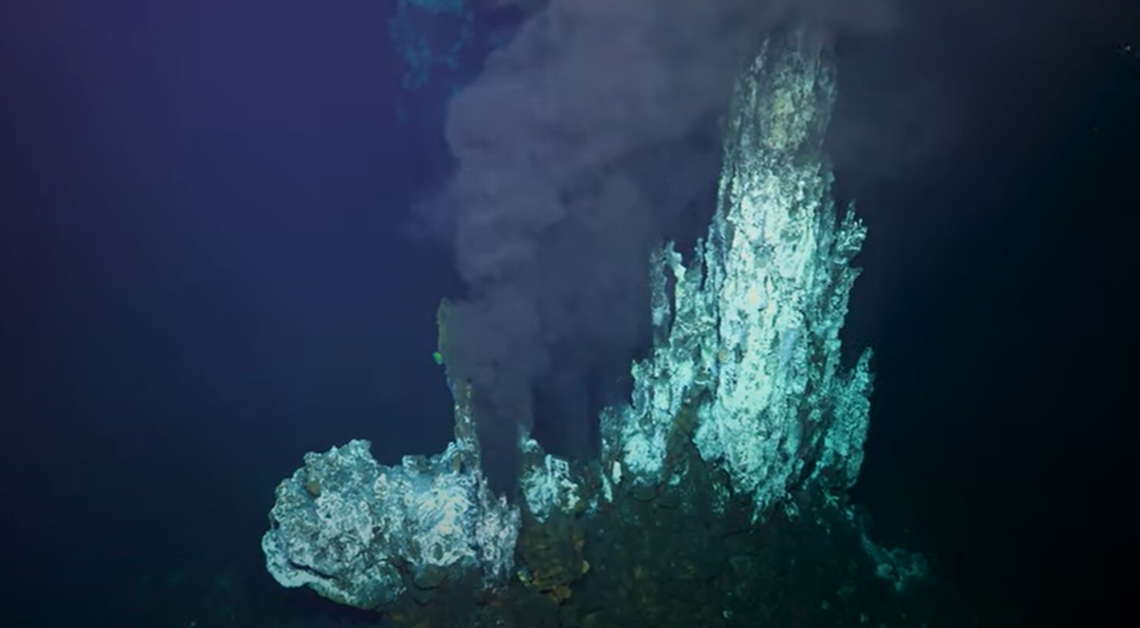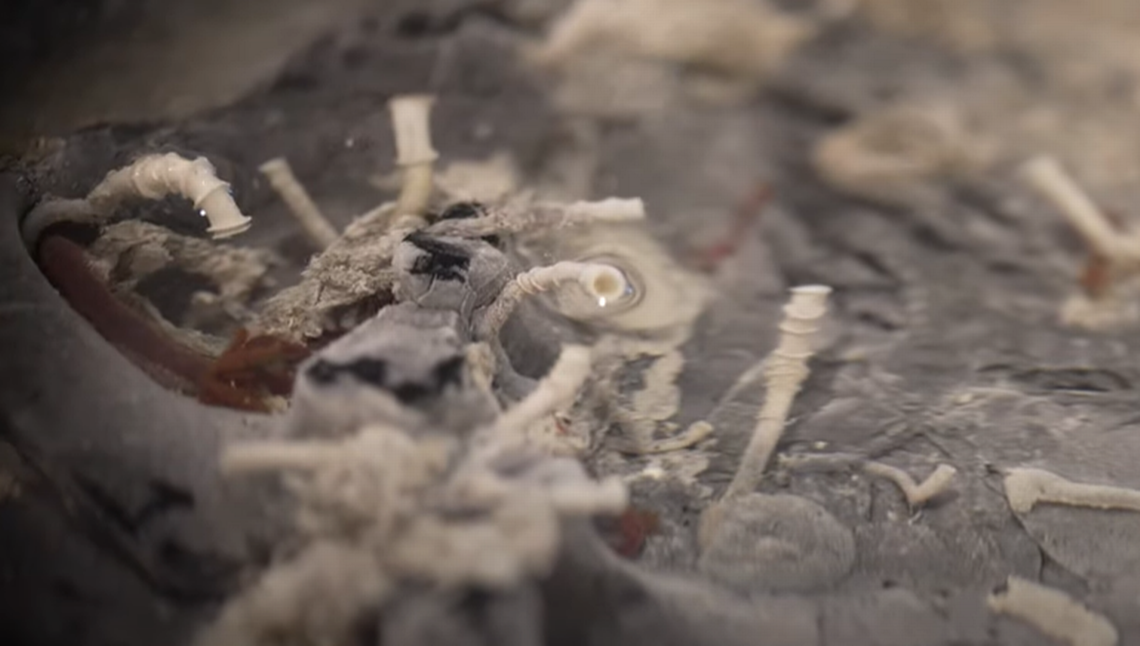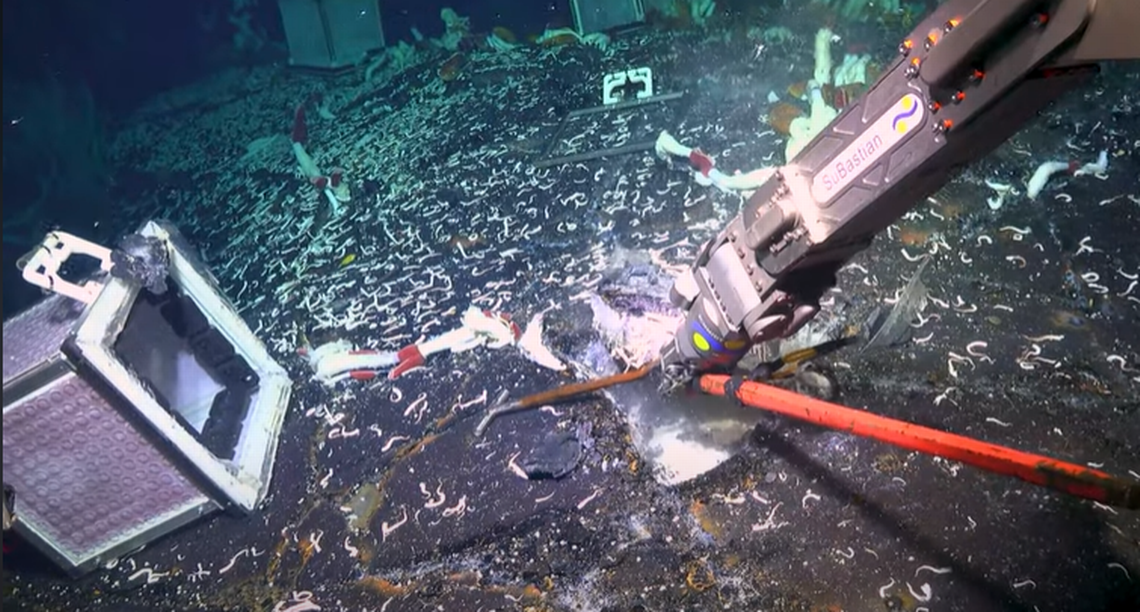Life discovered in deep-sea volcanic holes, scientists say. See the ocean creatures
Deep under the sea, the molten core of the Earth pushes its way to the surface.
The magma erupts under the sea floor and creates a crust of volcanic rock in complete darkness.
During a 30-day exhibition to the ocean’s depths, researchers with the Schmidt Ocean Institute found something they never imagined hidden deep in these volcanic holes – life.
The researchers, led by Monika Bright from the University of Vienna, embarked on a mission to study the ecosystems surrounding hydrothermal vents, according to an Aug. 8 news release.
The team set off to Balboa, Panama, where an underwater volcano sits off the coast of Central America.
Hydrothermal vents form when seawater seeps into the ocean crust and is heated by hot magma, according to NOAA, reemerging as extremely hot water. They were first discovered in 1977, and have since been studied for their unique ecosystem.

“Scientists have spent the past 46 years studying hydrothermal vents and microbial life on the subsurface, but have never looked for animals under these volcanic hot springs,” the institute said in the release.
Using a deep-sea robot, the researcher dug into these vents for the first time and were shocked by what they found.
When the robot pulled back chunks of volcanic rock, it revealed a cave system filled with worms, snails and bacteria, the researchers said.

They also found tubeworms that were moving through the vent fluid underneath the seafloor, and the researchers believe they travel that way to spread and create new communities.
To do this, the researchers placed mesh boxes over cracks in the seafloor, according to the release. They left the boxes for a few days, then checked them for creatures when they returned.

The researchers found animals had moved into the box from the cracks, meaning they must have come from underneath the vents, they said.
“Our understanding of animal life at deep-sea hydrothermal vents has greatly expanded with this discovery,” Bright said in the release. “Two dynamic vent habitats exist. Vent animals above and below the surface thrive together in unison, depending on the vent fluid from below and oxygen in the seawater from above.”
There is still much to be learned about this newly revealed ecosystem, the researchers said, and they will analyze the results of their studies in the coming months.
“I will forever remain bewitched by dark life,” Max Hooper Scheider, an artist who worked with the research team, said in the release. “Lightless ecosystems of the deep ocean are imperative to understanding the extremophilic dawns of planet earth.”
8-eyed creature foraging in bamboo forest turns out to be hairy new species in China
Monster hunter? Search for infamous Loch Ness creature needs volunteers in Scotland
‘Nature in its rawest form:’ Watch as mother-son orca duo take down humpback calf
‘Legendary’ deep-diving sea creature — known for eating squids — spotted in California
